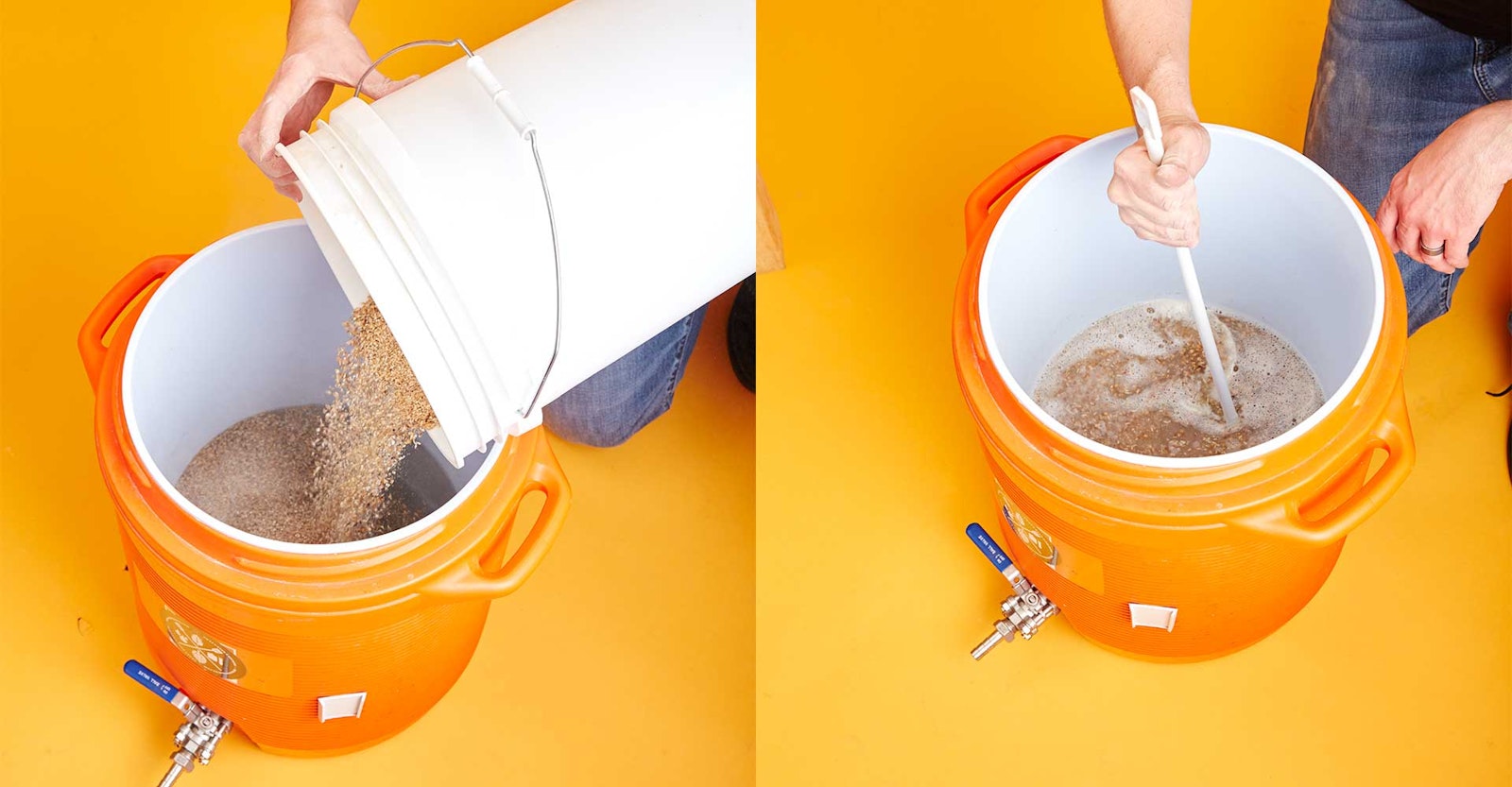For beginning all-grain brewers, efficiency is the least of their worries. It’s far more important to get the process down and end up with something drinkable. But once you get comfortable with mashing, you might wonder whether you’re doing the best you can. Maybe your beers always seem a little short on volume when you follow someone else’s recipe, or maybe you’re hoping to save some money on grain. There are a number of different areas of brewing efficiency, but I’m going to focus on improving your mash process, in particular, to make sure that your starch conversion is delivering the gravity points you deserve. I’ll skip the mathematical formula for calculating efficiency compared to the ideal, because we really need to understand what happens in your mash tun first.
Starch Conversion: An Overview
Malted barley is a self-contained package for creating the wort we brew with. The bulk of the grain is starch, but it also has the enzymes needed to break that starch down into sugar. The mash process provides all the necessary elements. Crushing the grain and soaking it in water gives the enzymes direct access to the starch. The chemistry works best if the right environment is set up, which requires getting the pH between 5.2 and 5.6 and selecting a saccharification temperature between 148° and 158°F (64 and 70°C). Finally, we have to give the mash enough time for conversion. While some people push the envelope and, based on iodine tests, consider 15–30 minutes sufficient, the standard practice is to aim for about an hour.
What Hinders Conversion?
There are many issues to consider when it comes to fine-tuning your mash. The most common issue is that the enzymes have problems reaching their target. Often this is due to the grist being too coarse, with large chunks that the enzymes can’t easily break down. Before you mash in, take a look at your grist. Are the husks mostly intact, but separated from the white endosperm of the kernel, and are those interior pieces broken into smaller bits?

